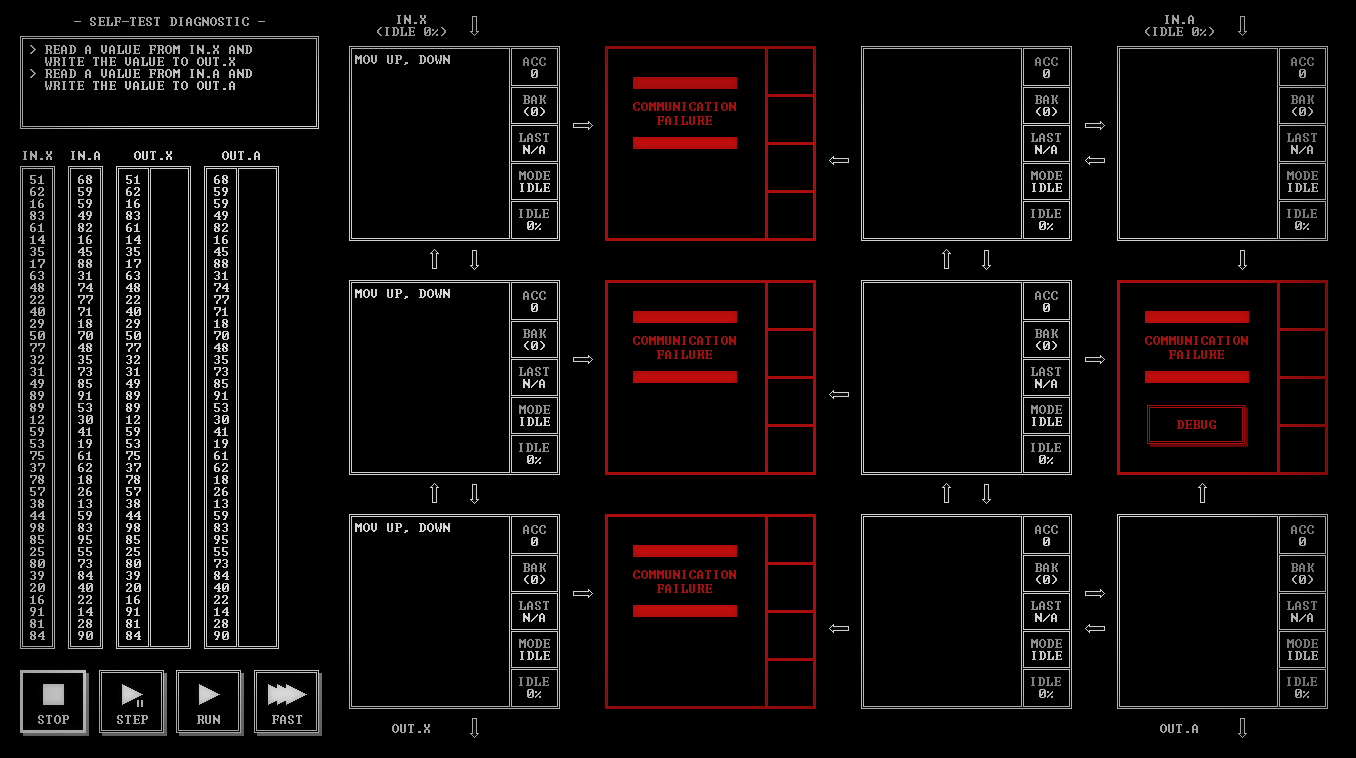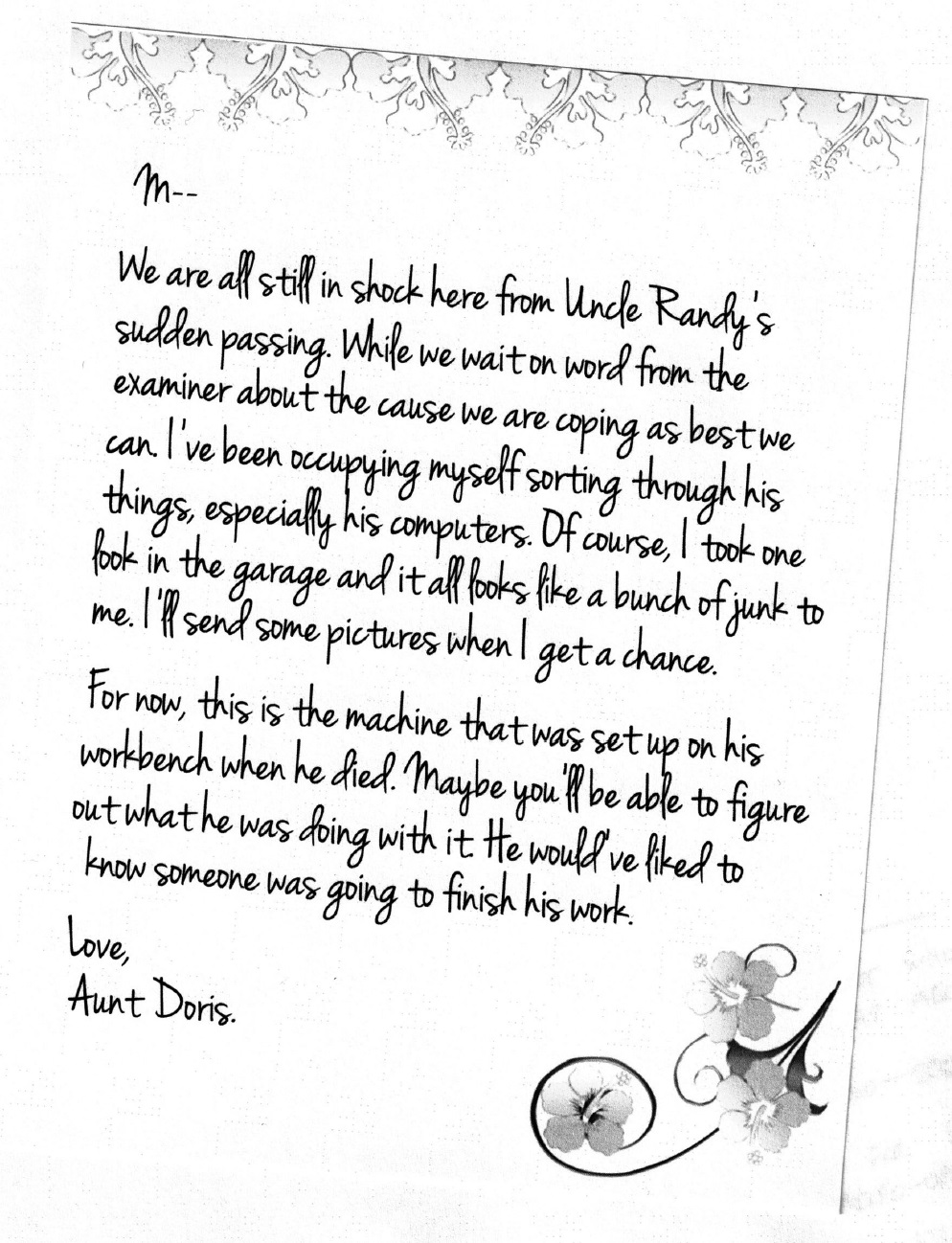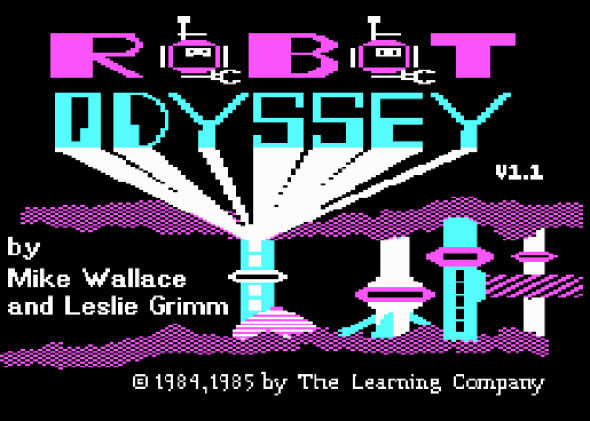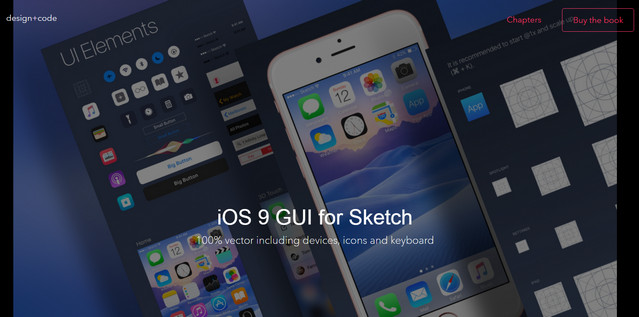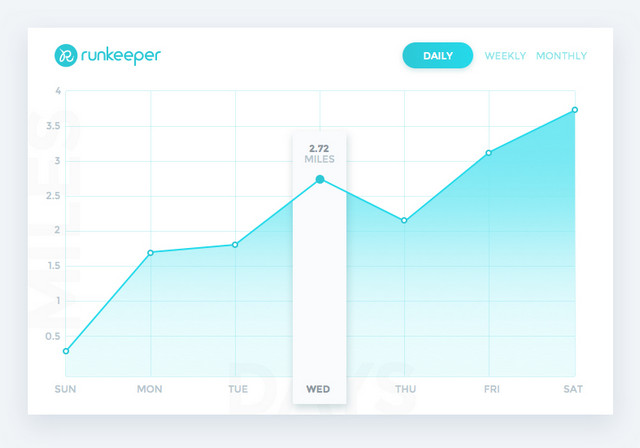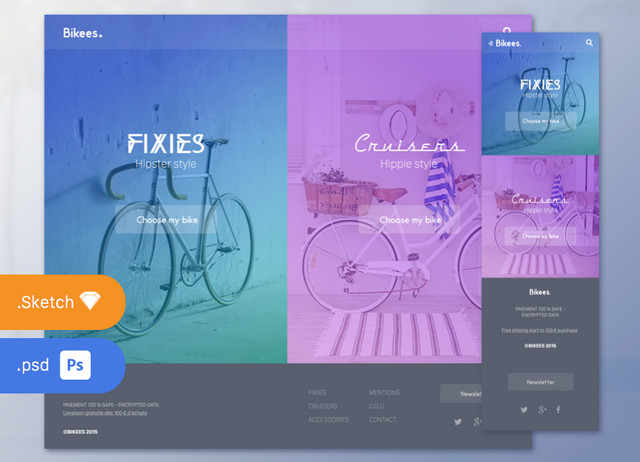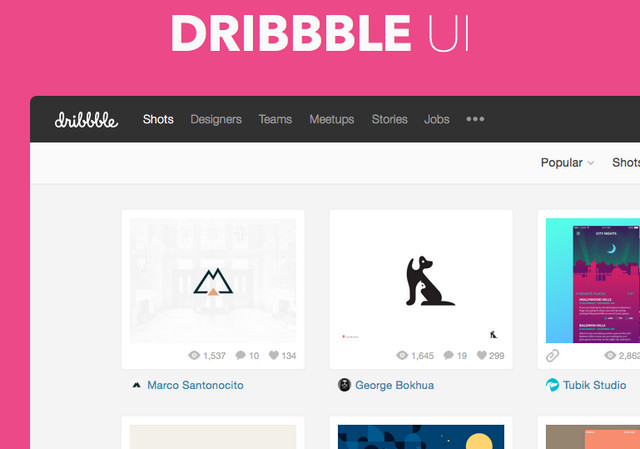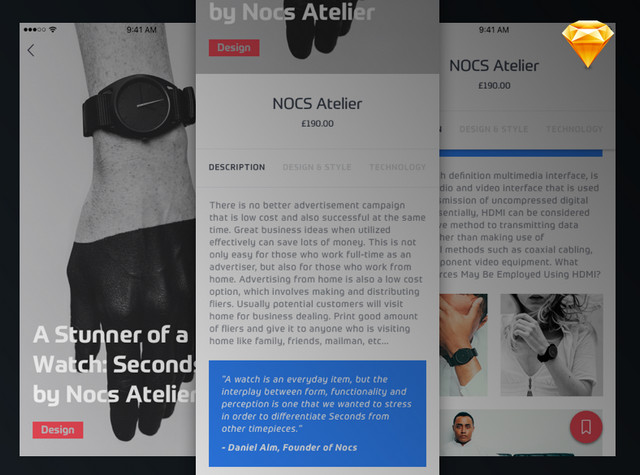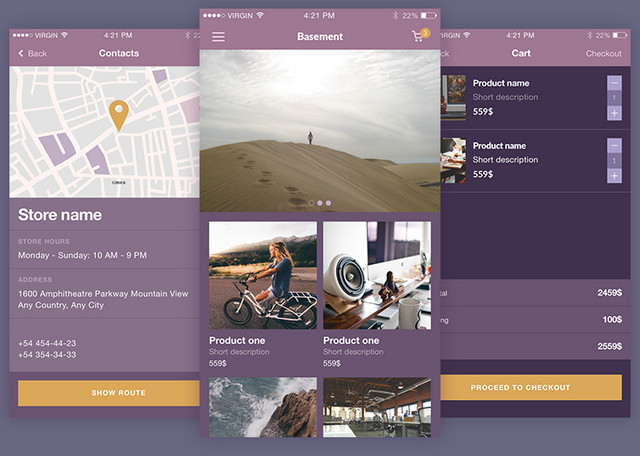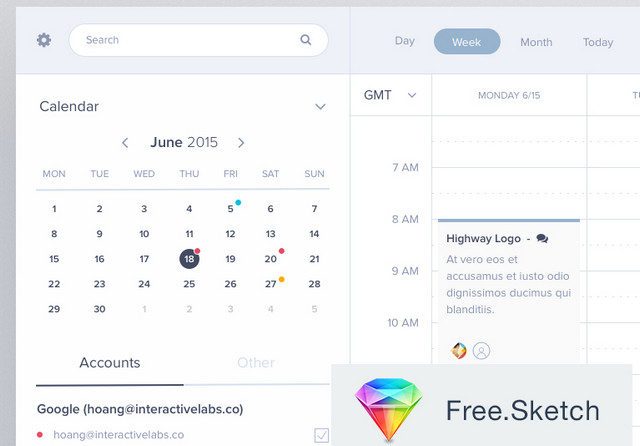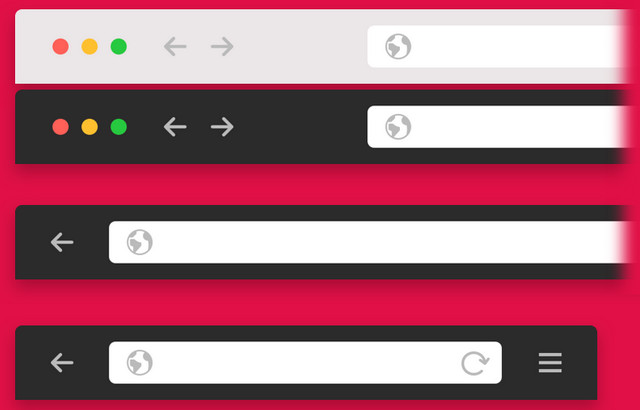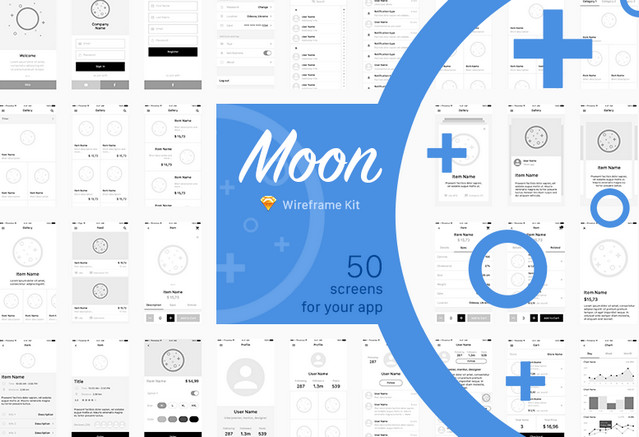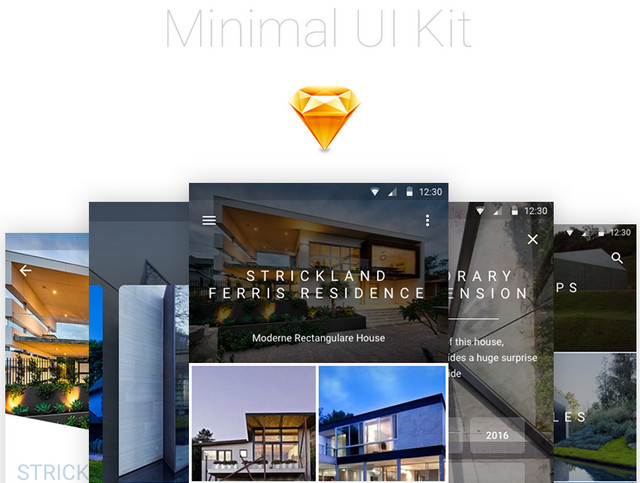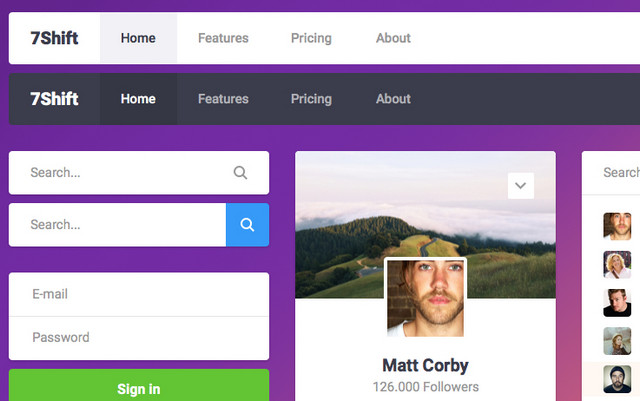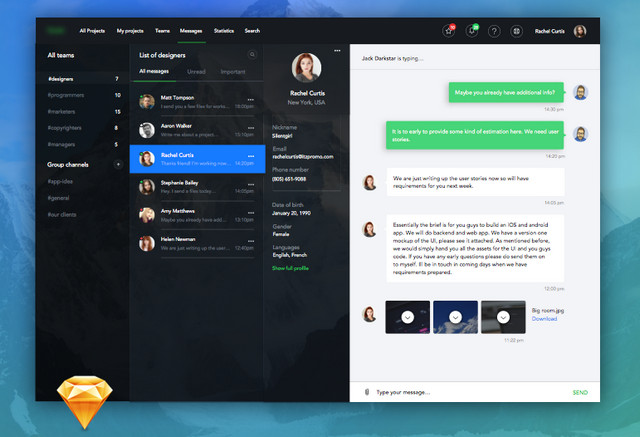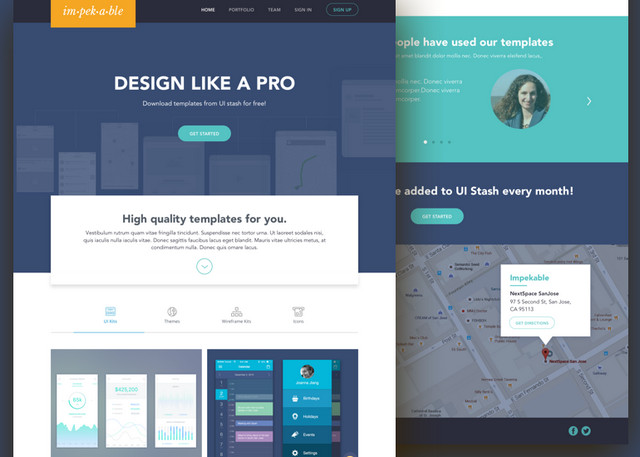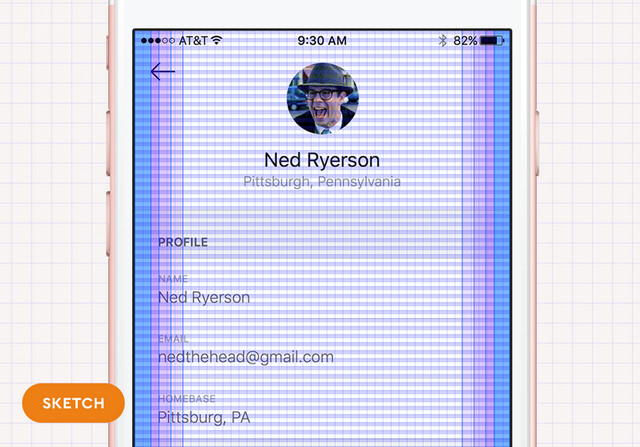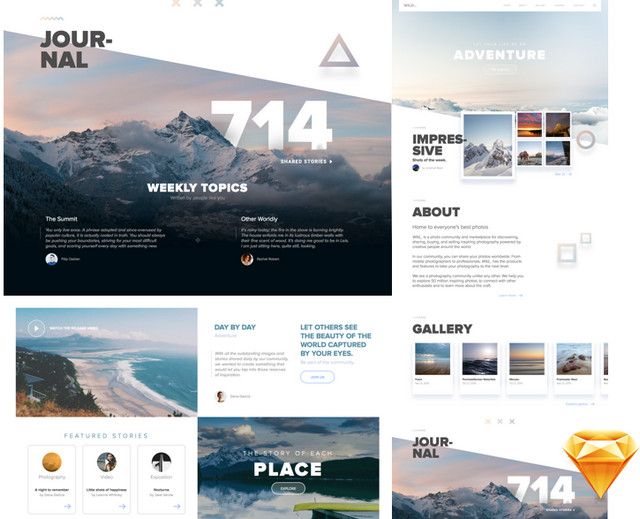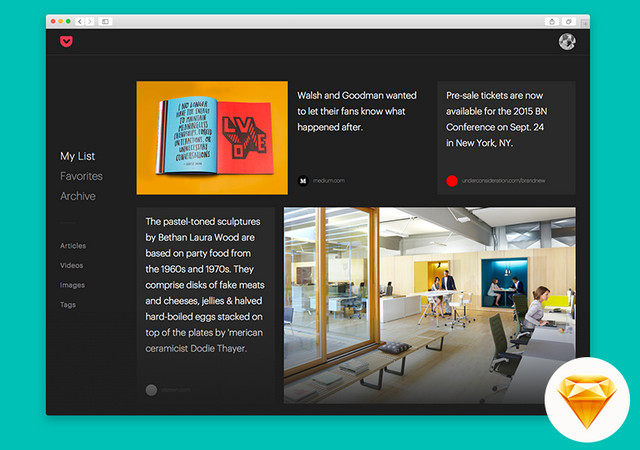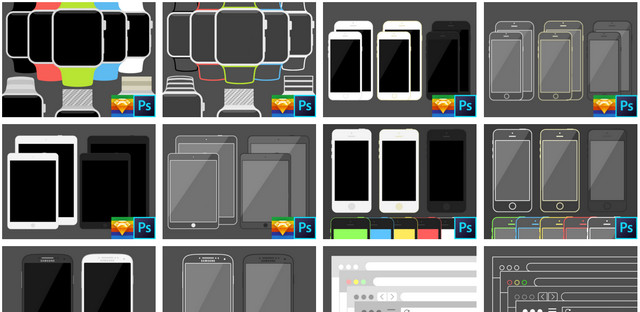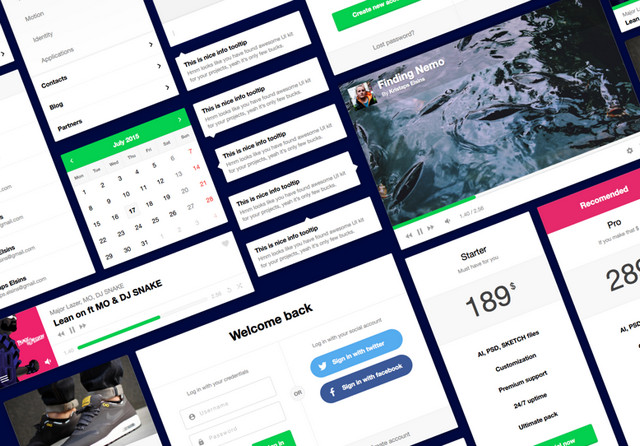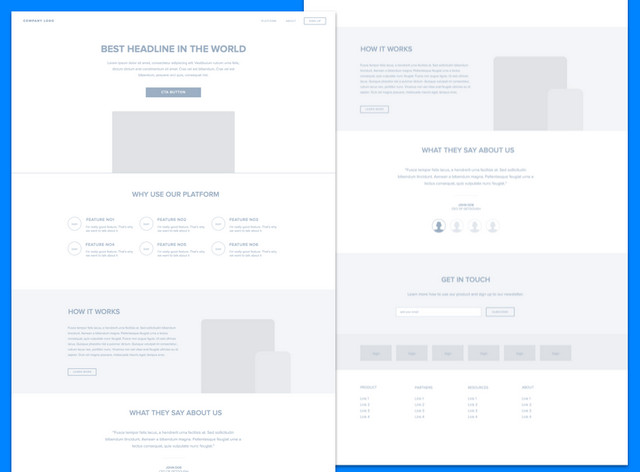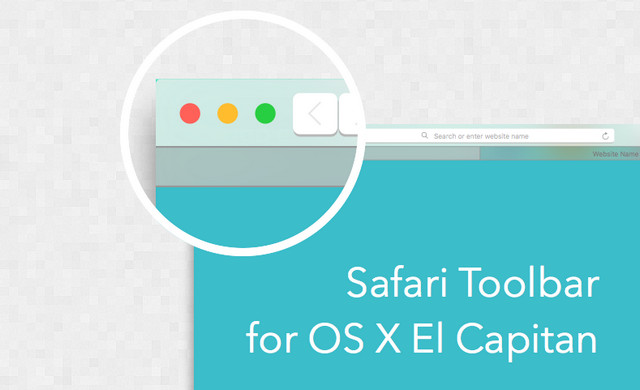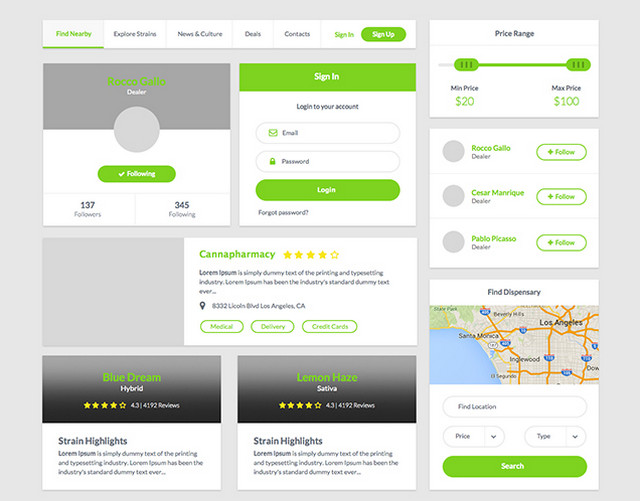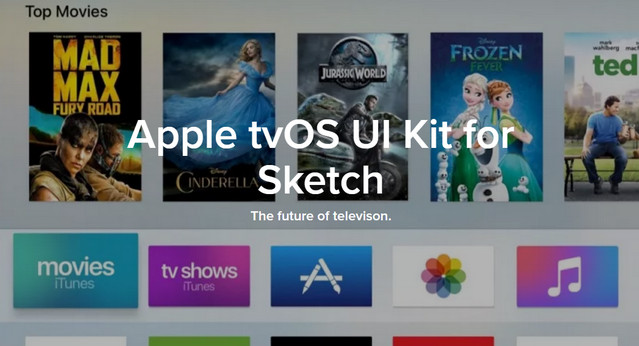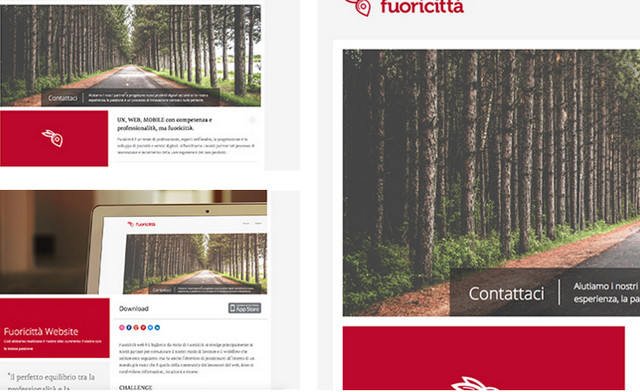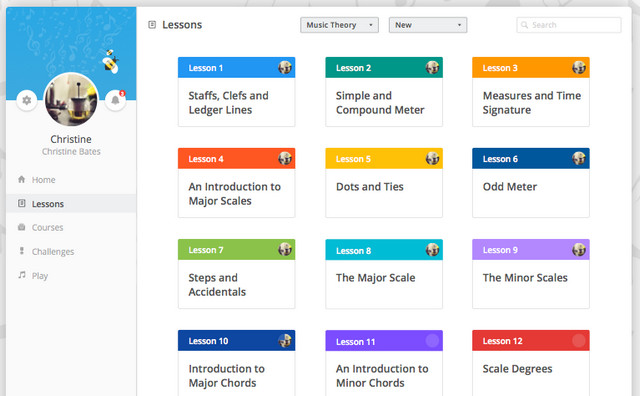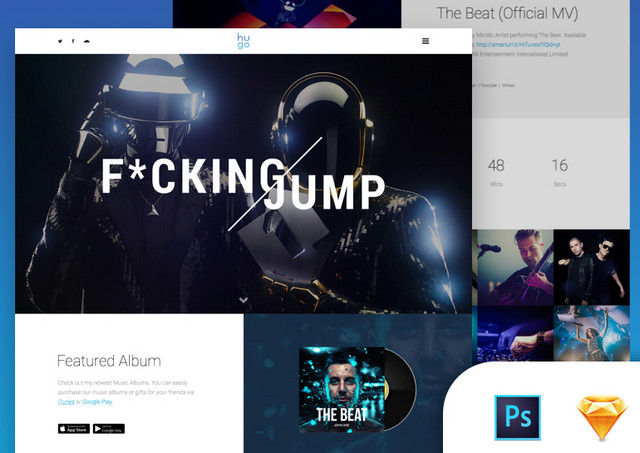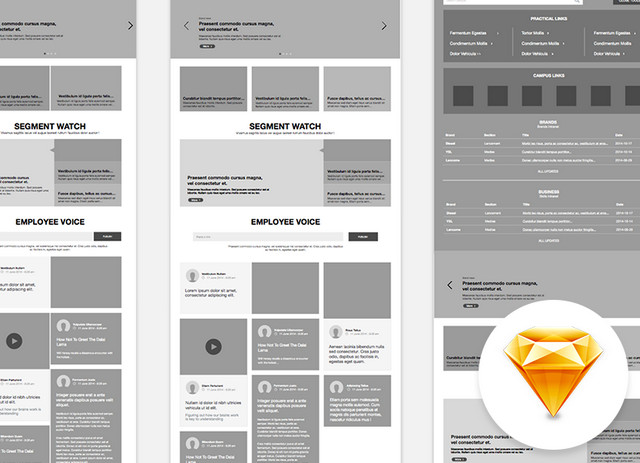SEO State of the Art: What’s Important in 2016
It doesn’t hurt to take a close look at the development of search engine optimization from time to time. What will become important in 2016? What will change? The trend is definitely leaning towards the mobile internet. Google’s new AMP project already hints at that. Of course, the increasing implementation of apps in the mobile search will become a relevant factor as well. Google loves the mobile web and will further push its optimal usage in 2016.
Increasingly Important: The Ranking Factor HTTPS
Google prefers fast and safe websites. That’s why it’s not confusing to see that there’s a connection between the first search results and the usage of HTTPS. However, it is not easy to answer whether a switch to HTTPS should have priority for you or not. It’s a lot of work and the SSL certificates are not really cheap unless you use the service Let’s Encrypt. The service is currently in open beta stage and wants to provide free HTTPS certificates for everyone. Every webmaster can create certificates for his domain, as soon as the server meets the technological requirements.
SEO Trend 2016: The Mobile Internet
An increasing number of users only visits the internet using mobile devices. We’ll be seeing that trend continue to grow in 2016. Every website owner should think about whether his website is optimized for mobile use or not. If no responsive website is available, you should definitely consider this investment. If the mobile view of the responsive website is not optimal or loads too slowly, it should be fixed as soon as possible.
Google’s »test on optimization for mobile devices” can give you a first look at the topic.

When wanting to optimize a website for mobile use, there are two imperative aspects. For one, a fast loading speed. Not everyone has access to 4G/LTE from everywhere. The page also needs to load at a proper speed when the internet is slower. Second, a fitting division of content containers is important. Not every area of the desktop view has to be transferred to the mobile layout. You can use the Google Resizer tool to see how your website looks on relevant mobile devices.
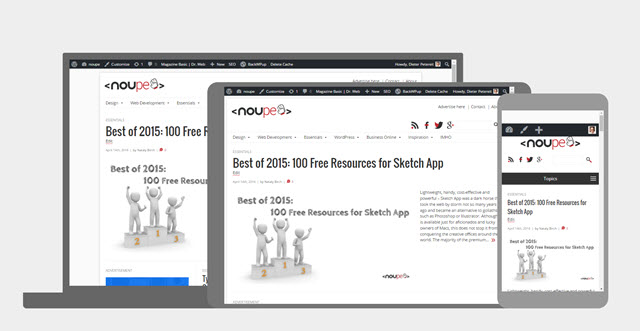
Google’s AMP Project
AMP’s (Accelerated Mobile Pages) job is the acceleration of the mobile internet. The goal is that the smartphones don’t receive the heavyweight mobile views anymore, but instead, they are provided with the massively reduced AMP version, which only contains image material and a little HTML. The idea behind it is the reduction of the loading time of mobile pages down to a couple of milliseconds. As of right now, AMP is still in the early stages of development. However, WordPress users can easily hop on the train and install the AMP plugin.
SEO: User Behavior Will Contribute to the Ranking
Google wants to pay more attention to the user behavior in the future. This will be done via analysis of the bounce rate. A low bounce rate is always better than a high one. The difference is determined by measuring the time spent on a particular website. When many users only visit a single part of your site, and leave it after a couple of seconds, that results in a high bounce rate. You can picture this as visitors literally bouncing off your site. They pop on it and more less immediately pop off again.
However, should they stay on your website for a few minutes, or even access another page, your bounce rate is low. Google will search for just this scenario and rank the respective websites accordingly. For the search engine, this is a signal that the content is relevant. A high bounce rate is not always bad, however, as there are certain websites that are unable to achieve a good bounce rate. Read more on that in a later article.
App Indexation (App Deep Linking)
The mobile Google search shows an increasing number of results that can be opened in an app. The search result comes with the option to download the related app. App deep linking is responsible for this. The indexation makes the app content available for the mobile Google search. This procedure is nothing new, existing for Android since 2013, and for iOS since May 2015. The new process only brings advantages for the user. He can choose whether he wants to open the information in the browser or in an app.
In the future, Google will probably rank the websites or online shops that work with their own apps higher than others. Google already announced in multiple posts, how webmasters can optimize their websites for mobile devices. The search engine will keep its focus on mobile usage, and it is time to react if you didn’t already.

Further Information: Onpage Wiki: App Indexing | Google: App Indexing Introduction
(dpe)



